Media | Articles
High-impact colors: When hot muscle cars got some crazy paint
In the late 1960s and early 1970s, American automakers began offering suitably psychedelic and wild exterior paint colors for their muscle cars—a perfect match for the era.
Commonly referred to as “high-impact colors,” these shades appeared in the spring of 1969, when Chrysler’s Dodge and Plymouth divisions introduced one of the first and rarest high-impact colors. For Dodge it was known as Bright Green and for Plymouth it was Rallye Green; each division had its own name for the same color. Additional colors were orange—Go Mango for Dodge and Vitamin C for Plymouth—and a yellow that Dodge called Butterscotch and that Plymouth named Bahama Yellow.
Chrysler’s color palette expanded for the period from 1970 to 1971. One of the most desirable hues was a purple known as Plum Crazy for the Dodge products and In-Violet for Plymouth. Other color names included Lemon Twist/Top Banana, Tor-Red/Hemi Orange, Moulin Rouge/Panther Pink, and Sassy Grass/Green Go, to name a few. These high-impact colors lasted until 1974.
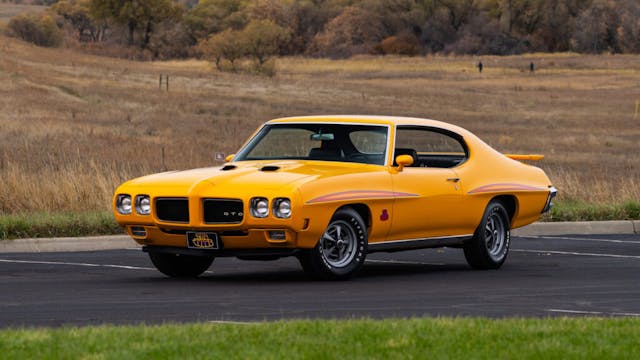
Not to be left behind, other Detroit automakers got in on the trend. From 1969 to 1970, American Motors offered Big Bad Blue and Big Bad Green; its most popular color was Big Bad Orange. At General Motors, in 1969, Pontiac introduced Carousel Red, which was a popular color for the GTO Judge. In 1970, Pontiac also offered Orbit Orange, again exclusive for the GTO Judge model; Chevrolet called the color Hugger Orange. The Buick division had Saturn Yellow and, for one year, a conservative Apollo White color for its GSX model. Oldsmobile had a special 1970 Cutlass Rallye 350 model in a vibrant Sebring Yellow hue with color-keyed yellow bumpers. Last but not least, Ford had its bright Grabber Blue, Grabber Orange, Grabber Green, and Grabber Yellow in 1971.
In 1969, the AMC Hurst SC/Rambler was a special model with a red, white, and blue patriotic paint scheme. An option for a toned-down paint job was available as well. The SC/Rambler featured a conservatively rated 315-hp, 390-cubic-inch V-8 (AMC’s largest engine in 1969) and a Hurst four-speed manual shifter. The following year, AMC featured a special 390-cubic-inch, 340-hp V-8 engine in the Rebel Machine. It had a special red, white, and blue stripe on a white body and an option to paint it in any AMC color that was offered in the Rebel.
Marketplace
Buy and sell classics with confidence
The high-impact colors added more excitement and flash to the muscle car era; combined with a dual-exhaust rumble and neck-snapping acceleration, the paints made these cars truly stand out among other vehicles of the period.
High-Impact Colors is one of 20 classes to be featured at the 2023 Greenwich Concours d’Elegance, on June 2-4, 2023. Download the 2023 Greenwich Concours d’Elegance event program to learn more about Sunday’s other featured classes, Saturday’s Concours de Sport, our judges, sponsors, non-profit partners, 2022 winners and more!
***
Check out the Hagerty Media homepage so you don’t miss a single story, or better yet, bookmark it. To get our best stories delivered right to your inbox, subscribe to our newsletters.

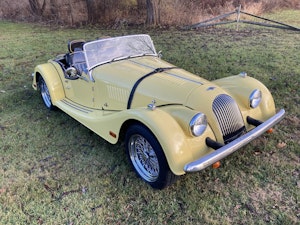
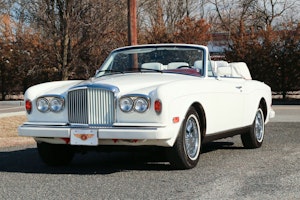
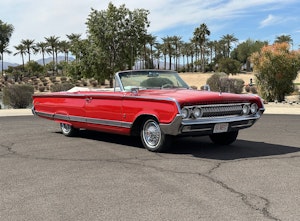
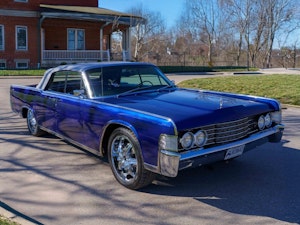

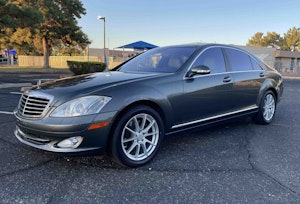
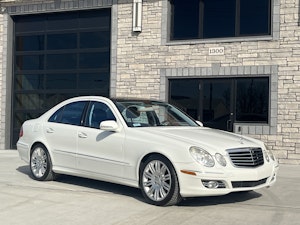
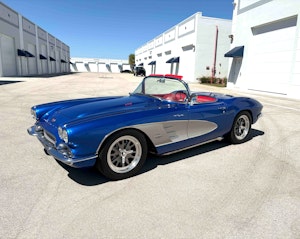
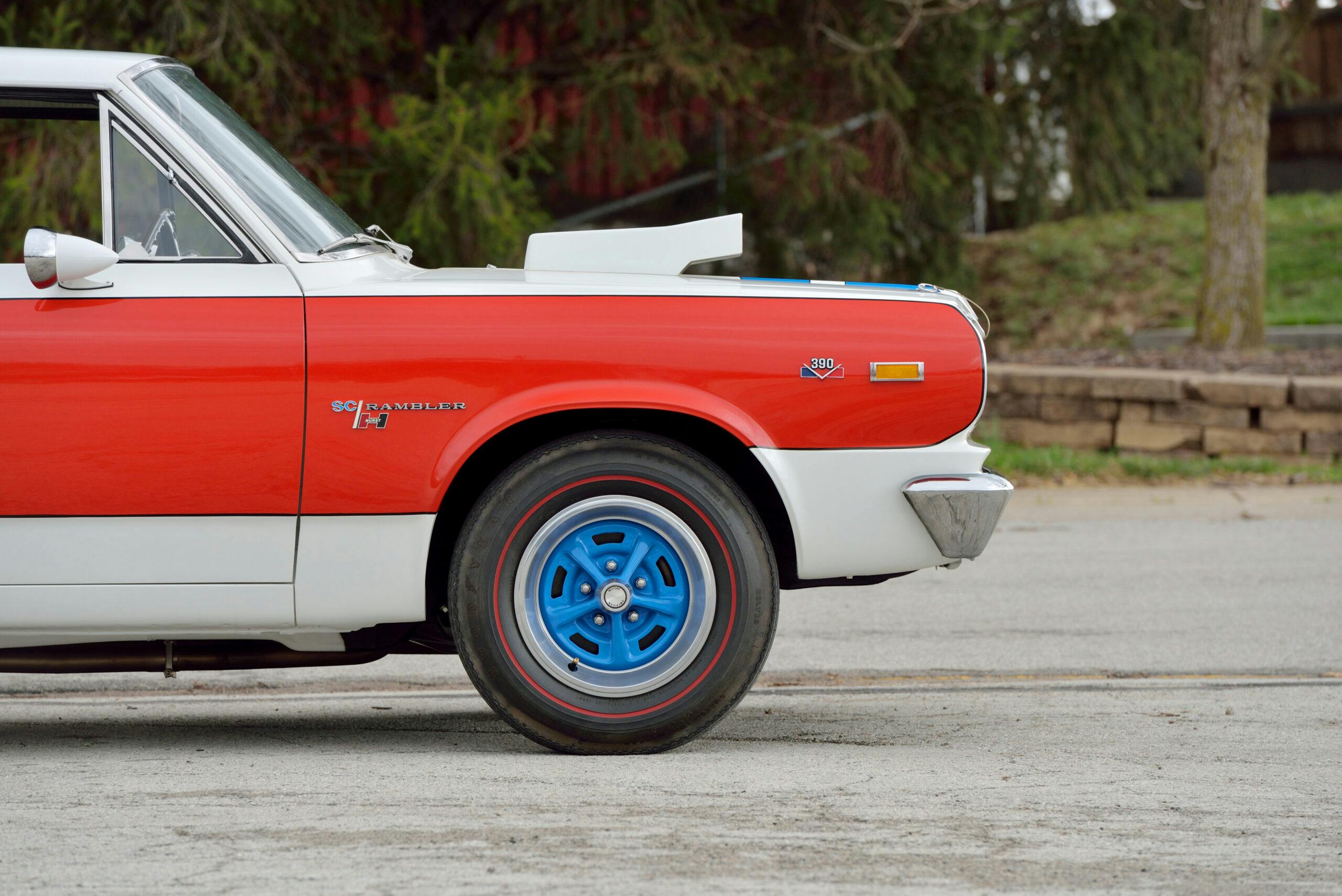

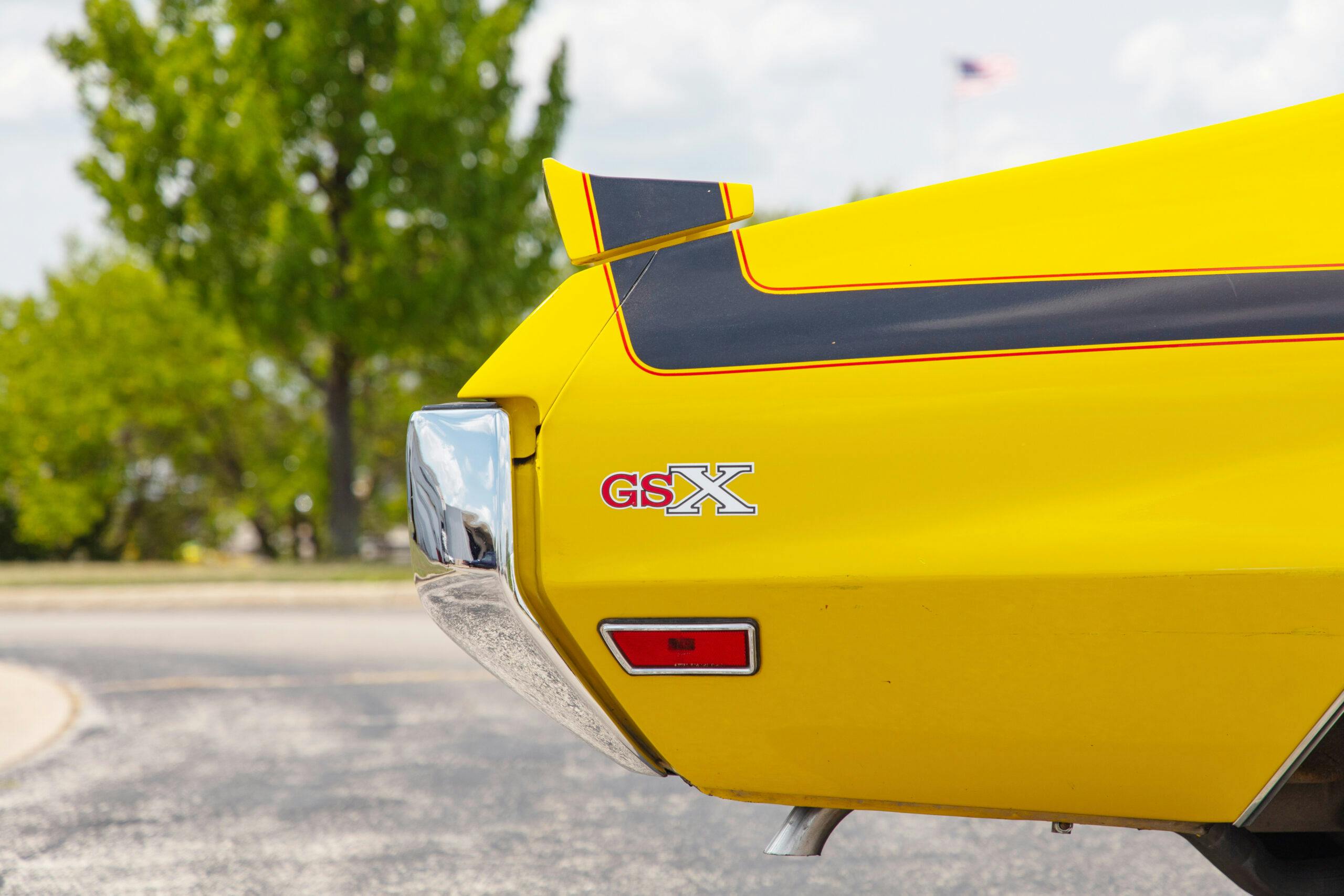
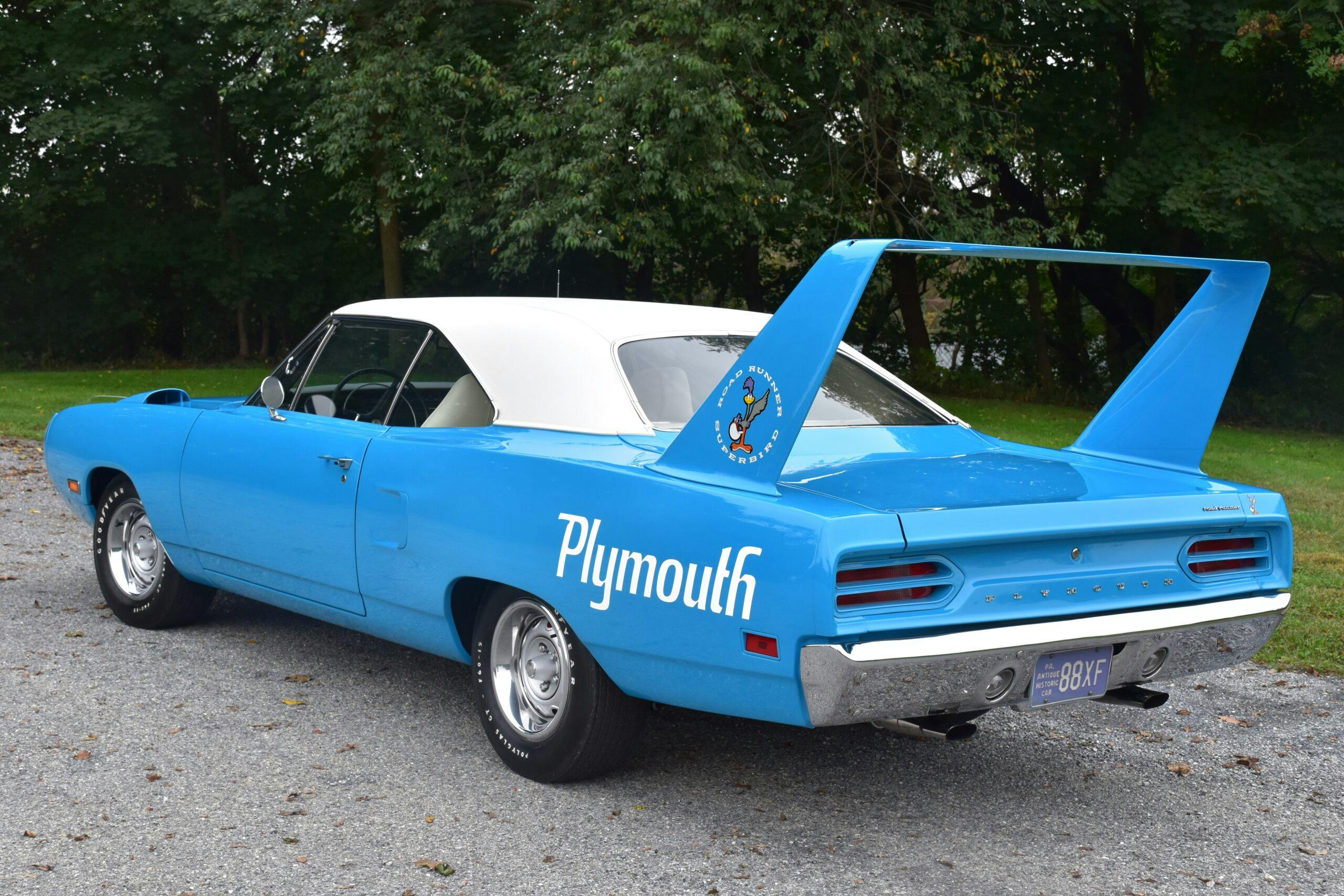







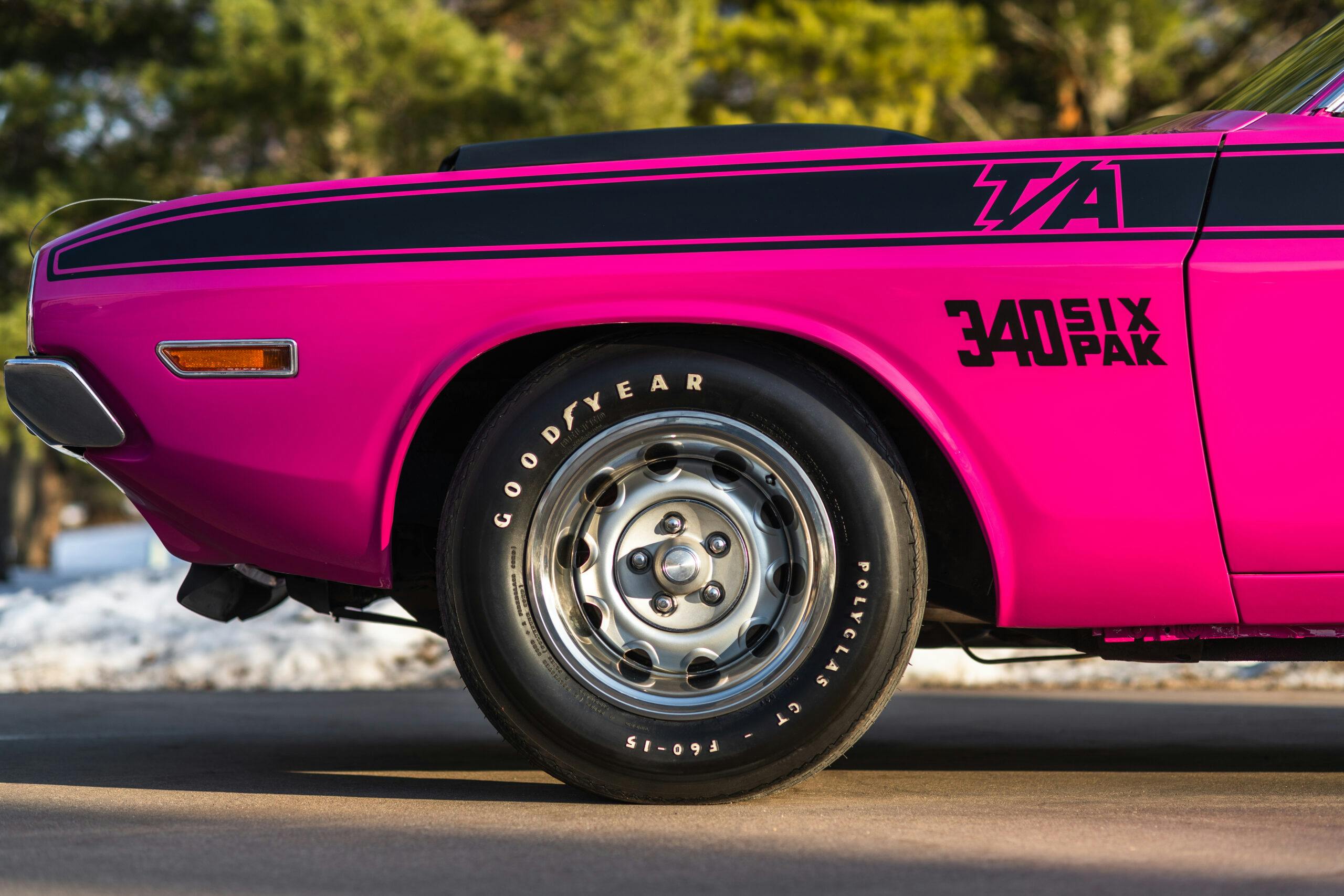
Back in the spring of 1970, my first car was a 1970 Plymouth, Duster-340, 4 spd, 3:55 sure-grip. Initially looked at Plum Crazy, until 4 showed up in my small town. Jumped on Sassy-Grass/Green Go. I still like this colour, have to. I still have the car. Now it’s in base/clear. We have grown old together, along with wife and 2 kids. I like many of the other bright colours as well, no matter about manufacture. My daily pick-up is a nice grey (Dakota) so I don’t see the dust to quick.
When I was shopping for my first car as a senior in high school in 1955, I was drawn to 1949 and 1950 Mercury “Lead Sleds” in Competition Orange and Yellow. Unfortunately, I wound up with a stone stock light blue 1949 Ford 2 door sedan.
A long time friend working at a Pontiac Dealer picked The Machine White with white interior 4 speed and the tack on the hood. A trade in. Did not like paying for the gas and let it go. Then drove a little 4 speed 4door Renault 10 in a maroon. He was always a bit offbeat. I was lucky to have driven both cars a long time ago.
Today’s Car Shows and Cruise Ins with muscle cars from 60s and early 70s and the pastels of the late 50s are a flood of colors that are absent from new and used car lots. This both on the exterior and interior. Take the maker and model plates of the SUVs and you see how little differences there are. BORING!
Play with the build it tools and there are some bolder color choices out there. Often hidden behind higher price/sport trim packages just to see the option for the color.
Finding anything that actual exists on a lot (pre pandemic inventory management) but black/white/grey a few red/blue at the nearest 30 dealerships good luck.
Now, some makes you are lucky to find 10 vehicles on the lot in the flesh to look at.
My first car was a 69 Camaro in code 59 Frost Green. I dunno why GM painted them any other color! My dad had a 72 LS5 Vette in Steel Cities Gray. I love the 71-72 Vette color “War Bonnet Yellow”.
Those were the great days of car designs, people had choices of colors and options, unlike the boring limited choices today. Today it’s all about making the buck and ridiculous profits. The H… what the customer wants.
What about the 1970s Ford Mavericks’ wild colors: Antiestablish-mint (green) and Froidian Gilt (gold)? There were others too but these are the ones I remember.
Starting with 1964 Mustang, Ford offered some pretty bright colors like Poppy Red (later called Calypso Coral, Competition Red or Orange by Mercury). In 1967, Dusk Rose (pink) was brought back from 1957 T-bird. Many more with special names in California Rainbow of Colors (like 1968 Flower Power Red, Dandelion Yellow, Powerful Purple) and Denver High Country Special editions. Other manufacturers were paying attention sto those regionals by 1969. Ford Grabber Blue, Orange, Green, Yellow seem to have come along in 1969 starting exclusively to Shelby models.
My 70 428cj Black on Black is bad to the bone.
Had way to many green machines
Little remembered, but controversial back in ’70, Mopar’s first choice for the In-Violet purple color, was Statutory Grape, but they were over-ruled by cooler heads in the C-suites.
I own four white vehicles and a classic 240Z that is painted Subaru world rally blue. The white vehicles are easy to keep clean and I still think they look good. My favorite muscle car color is Ford grabber blue. I’ve thought about painting my 96 f250 4×4 that color. I’d have the only one I’m pretty sure.